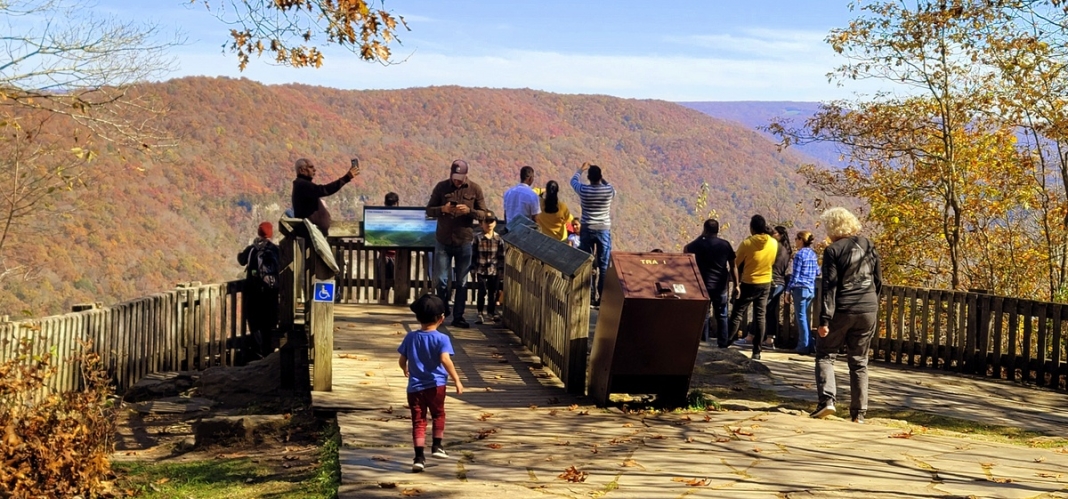TAMS, W.Va. — Some of southern West Virginia's historic ghost towns are attracting the attention of trout anglers nationwide as the region recovers from the coal mining boom of the early 20th century.
Descending from mountains once known chiefly for their coal, select streams in the upper watersheds of the Tug Fork and Guyandotte rivers now support wild, reproducing trout populations, thanks in part to the relative purity of the very coal that was once mined there.
Biologists in the area are now managing more than a dozen regional streams as catch-and-release trout fisheries—fragile ecosystems that require anglers to return the catch to the streams, and anglers from across the U.S. have taken note.
Glenn Nelson, a fisheries biologist with the W.Va. Division of Natural Resources, jokes that he's partly to blame for the region's new catch-and-release program. An avid outdoorsman, he observed that the streams were supporting wild trout, as improbable as it might have seemed.
"The program had its roots in an incident on Elkhorn Creek in McDowell County in 1979," Nelson said. A stocking truck bound south became mired along the creek and had dumped a payload of trout. Though no one expected them to survive, cool water seeping out of the mines supported an ideal cold-water habitat, and the trout naturalized.
Trout thrive in rivers and streams that are cooler than those typically found outside West Virginia's highest mountains, the Alleghenies. However, thanks to the infusion of chilly water from deep underground, populations in the lower-elevation Cumberlands are being sustained.
"It's amazing to see trout swimming in streams that were once known only for mining," Nelson said.
"It's interesting, too, that because of the relative purity of the coal in the region, the trout can thrive. Coal seams in other areas of the state will not support them."
Because of a lack of sewerage infrastructure in the old coalfields, the fish on some streams are inedible, but that hasn't stopped anglers nationwide from visiting the area.
"I was visiting Montana, and when the owner of a fishing shop found out I was from West Virginia, he asked if I had ever fished Elkhorn Creek, so we know that word has traveled that far," Nelson said.
The increase in fishing traffic in the area is a welcome addition to the local tourism industry, which is burgeoning due to interest in off-road tourism. Off-road trails, including several sections of the Hatfield and McCoy Trail systems, explore the region.
Many visitors are also enamored by the ruins of ghost towns, some of the dozens of mining communities and coal camps that were opened in the Winding Gulf and Pocahontas coalfields in the early 1900s.
The W.Va. Division of Natural Resources is now stocking the upper Guyandotte River and its tributaries in Wyoming County, including Barkers Creek and tributaries, for catch-and-release fishing. Elkhorn Creek and its tributaries in McDowell County are also being placed under catch-and-release regulations.
Trout are being stocked on the Guyandotte downstream of Mullens, West Virginia, to compensate for the new regulations, Nelson said.
Anglers should review the state's current Fishing Regulations to familiarize themselves with fishing practices in the region.
Sign up to receive a FREE copy of West Virginia Explorer Magazine in your email weekly. Sign me up!





